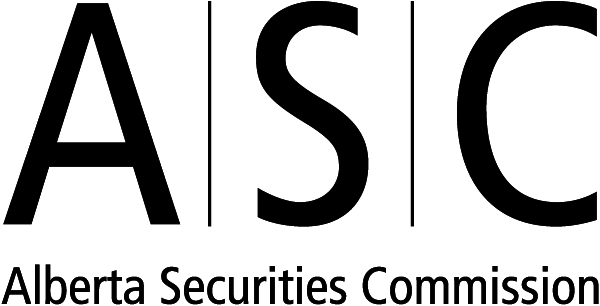Issuing an investment fund – the prospectus requirement
Securities legislation requires an investment fund that wants to distribute its securities to the public to prepare a comprehensive disclosure document called a prospectus. The prospectus provides information about the fund and its securities that can help investors determine whether the investment is right for them. The investment fund must file the prospectus (and certain other supporting documents) for review with the securities regulator in each jurisdiction in which the securities are to be sold. When all comments are addressed, the prospectus must be made available to investors before the sale of the investment fund securities.
There are different types of prospectuses. Mutual funds that are not exchange-traded must file a simplified prospectus meeting the requirements set out in National Instrument 81-101 Mutual Fund Prospectus Disclosure. All other investment funds (including ETFs) must file a prospectus meeting the requirements set out in National Instrument 41-101 General Prospectus Requirements.
In addition to the prospectus, investment funds must provide summary facts documents containing key information to investors who purchase the fund’s securities. Purchasers of an exchange-traded mutual fund must receive an ETF Facts document (the requirements for which are set out in Form 41-101F4). Purchasers of mutual funds that are not exchange-traded must be provided with a Fund Facts document (the requirements for which are set out in Form 81-101F3).
An investment fund that has filed a prospectus becomes a “reporting issuer” and is required to file certain ongoing information, including financial statements and other information set out in National Instrument 81-106 Investment Fund Continuous Disclosure (see here). This information is available on SEDAR+ and on the investment fund’s website.
As explained here, it is also possible to issue securities of an investment fund under one or more exemptions from the prospectus requirement. Generally these securities cannot be offered to the general public. Such prospectus-exempt funds may incur lower regulatory compliance costs because they are not subject to the same disclosure requirements of a public fund. Further, they may be permitted to do things that public funds cannot (see here). The most common prospectus exemptions are found in National Instrument 45-106 Prospectus Exemptions.






